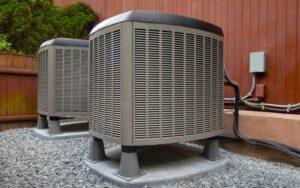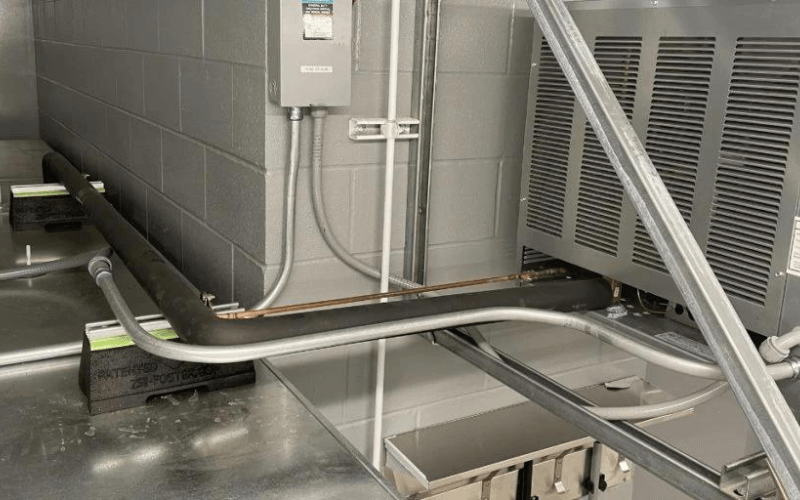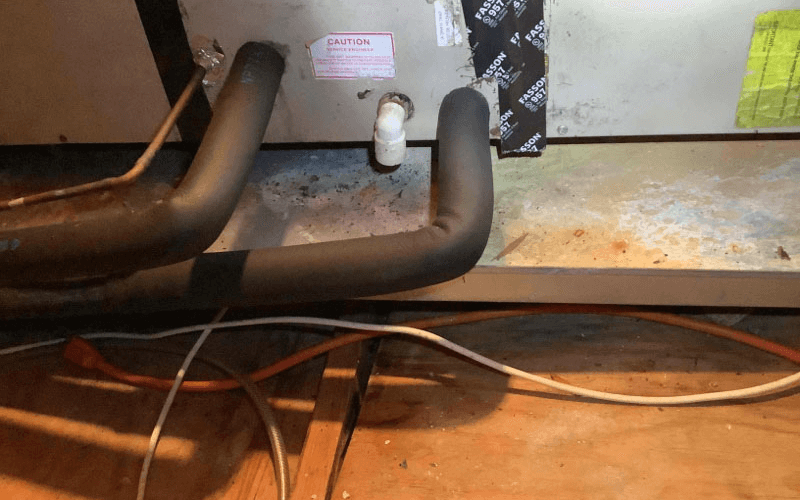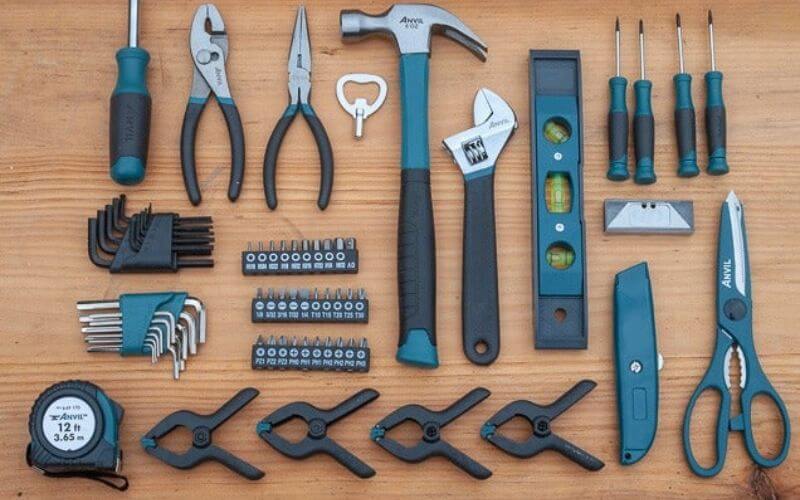Water leaks from window air conditioners are commonplace. However, large amounts of moisture leaking from the cooling unit may cause concern. What causes water loss in window air conditioners?
We discovered the following after investigating the possible causes of this problem: Window air conditioners can leak for a variety of reasons, including, but not limited to, the following:
- A clogged filter
- Freon is low.
- Preventing condensed water discharge
- A corroded condensate pan
- A faulty condensed water pump
Table of Contents
ToggleRemember that the source of the problem usually determines the steps required to repair a leak. Read this when discussing the fundamental issues that cause window air conditioners to leak water. We’ll also discuss potential solutions to these issues later in this post.
Also check: Mr. Cool Vs. Mitsubishi Mini Split: Which to Choose?
Do Window Air Conditioners Leak Water?
Many air conditioners, including window models, produce some condensation. However, if the device leaks excessive water, serious problems can arise. What Causes Window Air Conditioner Water Leaks? Water leaks from window air conditioners can be caused by a variety of factors, including:
Filter is clogged
In window air conditioners, dirty air filters can trap moisture in the system. As a result, when the air conditioner is turned off, ice crystals can melt and cause severe leaks.
According to Energy.gov, the air conditioner filter should be cleaned at least every two weeks. Depending on the location and living conditions of the property, the frequency of cleaning and maintenance of air conditioners, particularly window units, may increase.
Low Freon
Freon is a refrigerant that is commonly found in window air conditioners. When the AC unit runs out of this material, the air conditioner’s ability to convert heat decreases. As a result, the device produces more water than intended, resulting in a leak.
It is common practice to charge the freezing unit when freon levels are low. On the other hand, leaks in the coolant reservoir can cause the material to leak out of the unit, causing additional problems. A Freon leak in a window air conditioner can be detected by:
- An unusual hiss.
- Freezing condenser or evaporator coil
- Inadequate or non-existent cold flow
A sudden increase in your energy bill could also indicate a refrigerant leak in your window air conditioner. The cooling system would generally use extra power to run as normally as possible.
Sudden increases in your property’s energy charges may also indicate a refrigerant leak in your window air conditioner. Cooling systems typically use more energy to operate as normally as possible.
The Condensate Drain is Clogged.
If the drain is clogged, the water vapor produced by the window air conditioner has nowhere to go. This component, also known as the condensed water drain, serves as a drain for the water that has been collected. It works by following the steps below.
- The evaporator coil removes excess water from the surrounding air.
- The coil condenses air, converting it to water vapor.
- Before water can enter the drain line, condensed drain pans must collect excess water.
- Water drains from outside the window AC by flowing through the drain.
Water will leak and accumulate in the system if the condensed water drain becomes clogged. Excess humidity, if left unchecked, can cause additional problems and lead to the air conditioner’s permanent failure.
Damaged Condensate Pan
Unprotected window air conditioners are susceptible to weather damage and can cause components such as condensate pans to fail. Freezing temperatures outside can disrupt the warm climate. This hot-cold mix can cause cracks in the condensate pan.
Condensate Pump Failure
The window air conditioner’s condensate pump may fail, and the accumulated water may remain in the reservoir. The pump does not remove water from the system, resulting in leaks.
It should be noted that this component works in conjunction with the following steps:
- The condenser pump is responsible for collecting water from the air conditioner.
- As the water level in the tank rises, so does the float.
- When the swimmer reaches a certain point, they press the switch.
- This switch activates the pump, causing it to push and remove excess water from the device.
Check with a multimeter that the condenser pump receives power from the mains. In this case, the main float microswitch is easily accessible. Then, look for signs of wear in and around the pump to see if that is the source of the air conditioner leak.
Are you worried if the rain will damage your window air conditioner?
How can I avoid water leaks caused by window air conditioners?
Using the proper method to troubleshoot window air conditioner leaks is preferable to tinkering with these devices on the spur of the moment. This section will teach you how to repair window air conditioner leaks caused by failed parts.
Clean the Filter
Make sure the unit is turned off and unplugged before troubleshooting, repairing, or replacing the operation of a window AC system. It eliminates potential hazards like an electric shock and short circuits. Also, if you need to use special procedures, please consult the owner’s manual, or contact the window air conditioner’s manufacturer.
Some air conditioner models may have unique characteristics that necessitate extra steps to properly repair, particularly when the front panel is opened to access and clean the filter.
Also check: What Does Mr. Cool Double Dash Error Mean?
Window Air Conditioner Recharge
Before embarking on this endeavor, ensure that you have the necessary confidence and knowledge. If done incorrectly, refilling window air conditioners with Freon or refrigerant can increase the risk of damage. Don’t hesitate to contact a certified technician for assistance if you believe your work is not functioning correctly.
Conclusion
Water can leak from window air conditioners for a variety of reasons. These factors include dirty filters, insufficient coolant reserves, and faulty condensed water pumps. To begin, troubleshoot the device to determine the precise cause of the problem and then apply the appropriate solution.





















